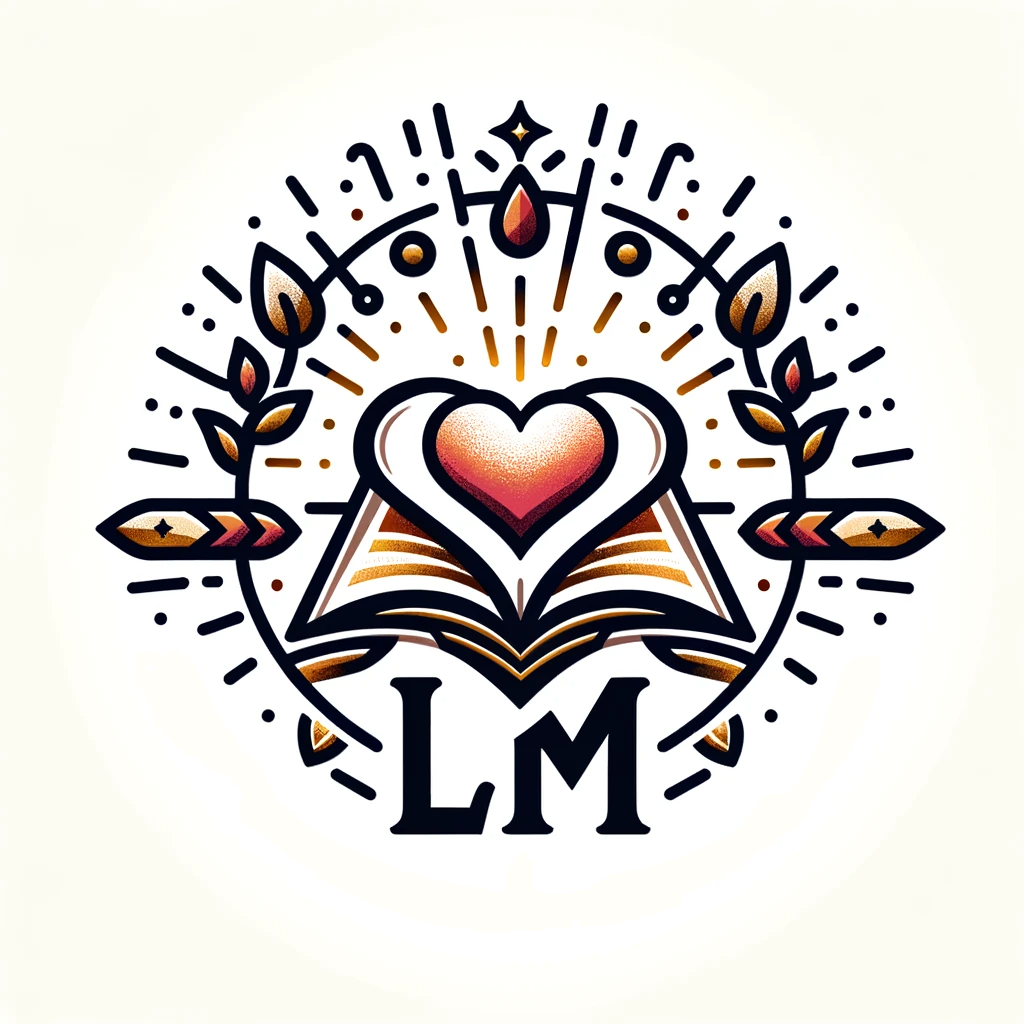
The concept of ‘first fruit’ and the power of resurrection profoundly intertwine, weaving a narrative of renewal, transformation, and transcendence over the natural laws of life and death. Rooted in ancient traditions and encapsulated in religious texts, these concepts transcend mere historical occurrences or spiritual rites. They embody the eternal cycle of death and rebirth and signify a deeper, more mystical interpretation of existence. This article explores the historical significance of the first fruit ceremony, its symbiotic relationship with the notion of resurrection, and how these ancient understandings can be applied to modern lives for personal and spiritual growth.
The Historical Significance of the First Fruit Ceremony
The first fruit ceremony, outlined in Leviticus 23, marks a pivotal moment in the agricultural and spiritual calendars of ancient Israel. This ceremony, signaling the start of the Harvest season, held a dual significance: it was a time to thank the divine for the bounties of the land and a moment to symbolize the end of winter or metaphorical death, and the beginning of new life. Through the act of offering the first fruits of their labor, the people acknowledged a dependence on and gratitude towards the divine, setting a precedent for the notion that every new beginning comes from some other beginning’s end.
Resurrection as the Ultimate First Fruit: Symbolism and Implications
In a profound expansion of the concept of first fruits, the resurrection is seen as the ultimate first fruit. This idea, deeply embedded in the Christian faith, posits the resurrection of the Messiah as the pinnacle of all new beginnings—signifying not just the end of physical death but the promise of eternal life and the potential for personal rebirth. The resurrection, celebrated on the day of the first fruit, thus becomes a powerful symbol; it represents the ultimate victory over death and the assurance of new life, both in the spiritual and metaphysical realms.
Transcending Natural Laws: The Miraculous Power of Resurrection and First Fruits
The narratives surrounding both the first fruits and the resurrection are replete with themes of overcoming and transcending the natural laws of the universe. They speak to a power—a divine force—that heralds uncaused miracles, signaling an inherent ability within the cosmos for rebirth and renewal against the seemingly immutable laws of nature. This miraculous power is not just a testament to divine agency but also a call to individuals to embrace this potential for newness, to overcome obstacles, and to emerge transformed.
Applying the Power of Resurrection in Daily Life
The theoretical and theological underpinnings of resurrection and first fruits find their true value when applied to the everyday lives of individuals. Embracing the power of resurrection means acknowledging the possibility of personal renewal and transformation. It involves breaking free from the shackles of past struggles, transcending personal limitations, and living in a state of continual rebirth. This application in daily life encourages individuals to live as children of the supernatural, embodying the power to overcome obstacles and manifest their destiny.
Becoming ‘First Fruitful’: Embracing Supernatural Transformation
The call to be ‘first fruitful’ is a call to a supernatural transformation. It urges individuals to not just seek abundance in their lives but to strive to be the harbinger of new beginnings—to embody the qualities of the first fruit and the resurrection. This implies a life lived in conscious connection with the divine, a life where personal struggles and past limitations are perpetually shed in favor of a continual renewal of self. In embracing this transformation, individuals symbolize the eternal cycle of death and rebirth, embodying the promise of new life and spiritual growth.





